The content of the article
Sheepskin coat is a very convenient and practical thing in the conditions of our climate, especially when cold weather sets in. It is sewn from a special material that is able to retain heat, preventing the cold wind from sneaking to the bones. Now in stores you can find a huge number of sheepskin coats of various styles and even colors: after all, winter is not a reason to put on gloomy dark colors.
However, no matter how comfortable and warm the sheepskin coat is, it has one significant drawback: the material from which it is sewn attracts all kinds of pollution. And if you do not remove them on time, then in the future it can be very unpleasant for the appearance of the thing: you risk simply not removing it.
Sheepskin Material
To begin with, it is still worth getting acquainted with the material from which the vast majority of sheepskin coats are sewn. This is necessary to select a suitable cleaning agent and method. You do not want to destroy a thing with your wrong actions?
Sheepskin is mainly taken to make this item. The material is quite common and bring it from many countries.
- Spain - felt: pleasant, soft and light;
- Turkey, Bulgaria, Greece, France - the average for all of the above features. They are a little rougher and heavier than the Spanish;
- America is the heaviest and most rude sheepskin.
You can also find sheepskin coats made of fur velor. Depending on the characteristics of the material, they are:
- Without cover. In fact, it is simply polished leather, on which the best skins are selected. Such things look very expensive and beautiful, but, unfortunately, faster than others, they fill up and become dirty.
- Coated. The skinning process for this material is different: they are coated with a special solution that contains some types of natural resins and various additives. This combination creates a kind of protection against pollution, so products made of such material are practical and convenient for everyday wear. Keeping them clean is easy, but only if you know reliably which solution was applied to the skin (napalan, crack, silk, etc.)
So, before you start cleaning, be sure to figure out what your sheepskin coat is made of. This will facilitate the selection of a cleaning agent, and the process itself, and protect against possible unpleasant consequences in the form of stretching, fading of the material, etc.
Cleaning with cereals
This type of contamination removal is ideal for uncoated sheepskin coats, as this treatment of the material is more finicky in care than any other.
Instructions for cleaning surface contaminants:
- To get started - dry the item and spread it on a flat surface. So you can see every pollution, and loose cleaning substances will not roll to the floor.
- Take semolina or salt, pour a little on a soft cloth and remove most of the dirt from the edge of the dirt to its center in a quick circular motion.
- Sweep away contaminated semolina / salt and repeat, but without active pressure over the entire surface of the contamination.
- Shake off the rest of the cereal and brush the sheepskin coat with a hard brush.
For cleaning greasy sleeves, lapels and scuffs on pockets, an ordinary eraser or a special rubber brush for suede will fit. But the method acts only on fresh "damage", it cannot cope with the old.
The safest way is to clean the sheepskin coat with dried bread crusts. If pollution has appeared recently, then “wiping” with bread will quickly cope with it.Bread may crumble, so stock up on a few crusts for a replacement.
Grease stains immediately (!) With semolina. As you soak in fat, swipe it off the surface and sprinkle with a new one. Salt in this case is better not to use: it can brighten this place.
After cleaning, if possible, treat the entire surface with a suitable water-repellent solution. So your thing will last longer.
Cleaning with aqueous solutions
This method applies to coated products. As a rule, sheepskin coated sheepskin coats are the easiest to clean: it is sufficient to treat dirt on them with wet wipes. For other coatings and serious contamination:
- Moisten a napkin in a solution of shampoo and ammonia solution of alcohol - a teaspoon of shampoo and half of ammonia are added to a glass of warm water.
- Treat the surface with gentle movements.
- Rinse the napkin more often, and if the solution is cloudy, prepare a new one.
- In the end - wipe the surface dry and leave the sheepskin coat in a straightened state. Never dry it on a battery or any other heating device, otherwise it will become cracked!
Other ways
Of course, there are less safe methods, but you should resort to them only if you are sure that you can do it.
- As an option: clean the pollution with gasoline, and the collars and lapels with a solution of glycerol and ammonia. But! Firstly, not a very pleasant smell will remain, and secondly, such aggressive means can leave you without a thing. Therefore, before the experiment, make a test in a small area.
- Various special products for cleaning sheepskin coats can also cope with the problem of pollution. But before buying the product, check again what material and coating your item has in order to avoid the negative effect of cleaning.
- If you are not confident in your abilities, it is better to give the thing to dry cleaning: there are professionals who will competently and accurately relieve the sheepskin coat of all kinds of damage and dirt.
Reasonable advice: in order not to turn the process of caring for a sheepskin coat into flour, carry out its preventative cleaning 3-4 times during the time that you wear it: get rid of dirt, greasy and treat with protective sprays.
It is easy to clean a sheepskin coat if you use the suggested tips correctly. Since this thing is dear to you, do not run it to a state where it is no longer possible to remove it and you just have to throw it in the trash: there is no point in wearing a dirty sheepskin coat. Due to the characteristics of the material of the top, after a long wear, a sheepskin coat can get creases on the sleeves, scuffs on the pockets, and, of course, a dirty hem. All this does not decorate a thing, so (please!) Clean it in a timely manner and correctly so that your help does not become a disservice.
Do not forget about preventative cleaning, it will save the thing from quick wear, and you - from the need to throw the thing through the season. Read our tips carefully to avoid unpleasant consequences and return the sheepskin coat to its original appearance!
Video: workshop for cleaning sheepskin coats

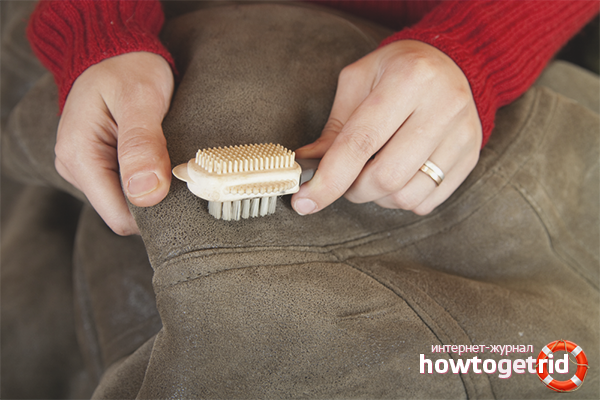

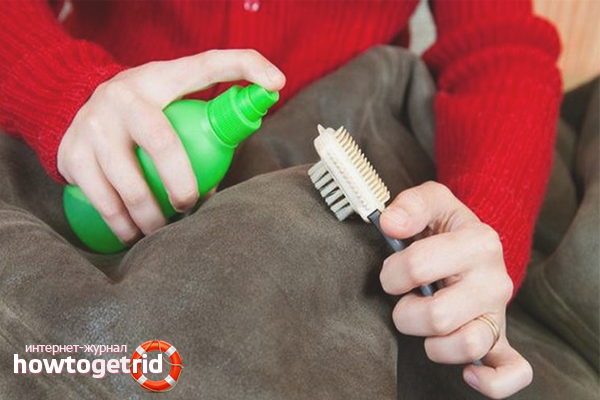


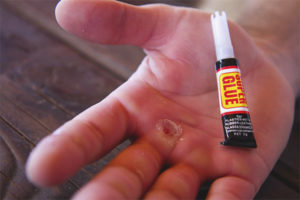

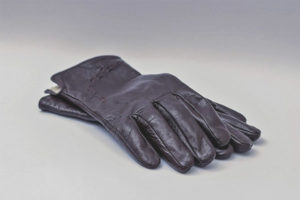


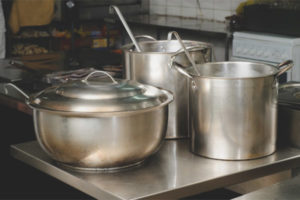
Submit